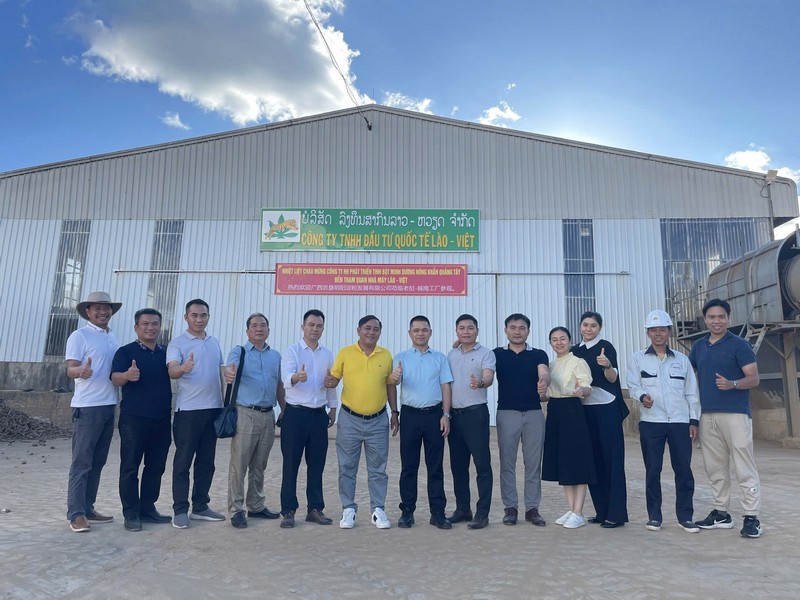Uncategorized
Thanh Hung Group – Driving force for sustainable development and Viet Nam-Laos friendship
——————————————————————————————————————–
Largest Raw Material Area
Cassava, ranked third in the list of the world’s most important food crops, after rice and wheat, is asserting its indispensable position in global agriculture. Grown mainly in Asia, Africa and Latin America, cassava is not only a staple food but also a food, pharmaceutical ingredient, animal feed, biofuel, and an important export commodity in many countries, including Viet Nam and Laos.
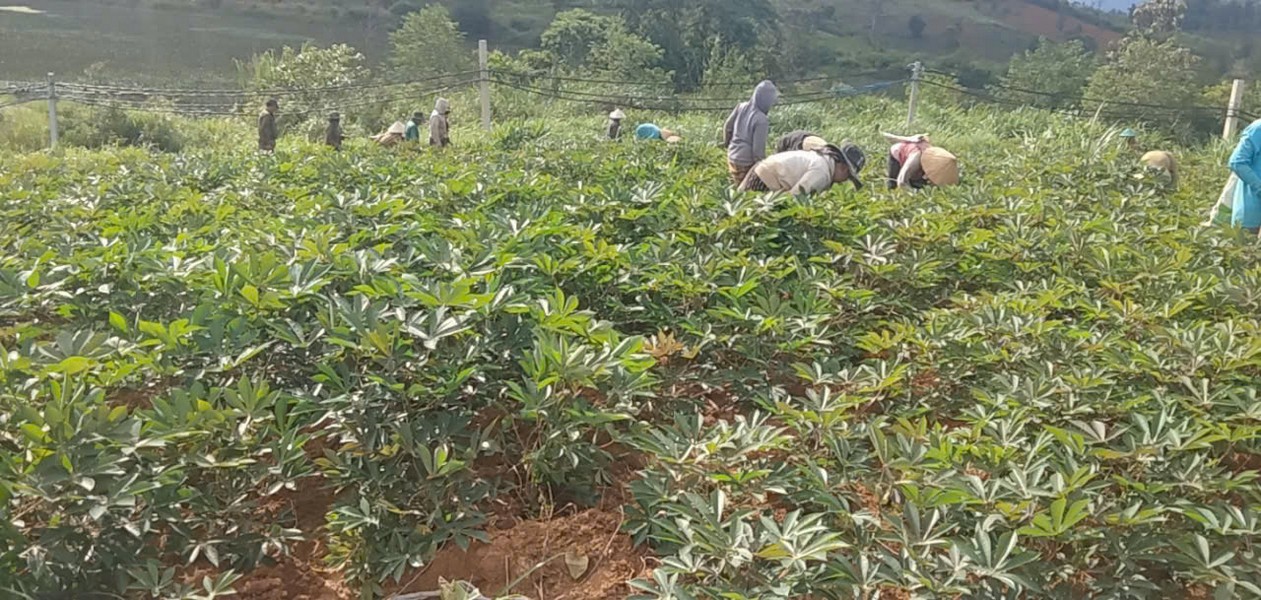
In Viet Nam, the cassava material area has reached more than 15,000 hectares, providing stable supply to BHL Son La factory, ensuring input materials for production. In Laos, the government has identified cassava as a key crop in poverty reduction, contributing positively to the socio-economic structure, creating jobs and improving people’s lives. From 2020 to 2024, the cassava growing area in Laos has increased sharply, reaching more than 260,000 hectares, with forecasts to expand further due to the economic benefits that cassava brings compared to other crops.
Thanh Hung Group, with its dedication to building a system of cassava starch factories in Boulikhamsay and Xaysomboun, not only contributes to economic development but also strengthens the friendship between Viet Nam and Laos. Currently, the group owns more than 50,000 hectares of raw material areas, supporting farmers from seed selection to cultivation techniques, helping to increase cassava yield from 20-25 tons/ha to 30-35 tons/ha.
To ensure farmers’ rights, Thanh Hung Group commits to purchasing at market prices and developing sustainable raw material areas. The Group also invests in transport infrastructure, upgrading the road system to facilitate people’s trade and develop cassava growing areas. It is expected that the raw material area will reach over 65,000 hectares in Laos and Viet Nam, with an average yield of 30-35 tons/ha in Laos and 15-20 tons/ha in Viet Nam.
Superior Production Capacity
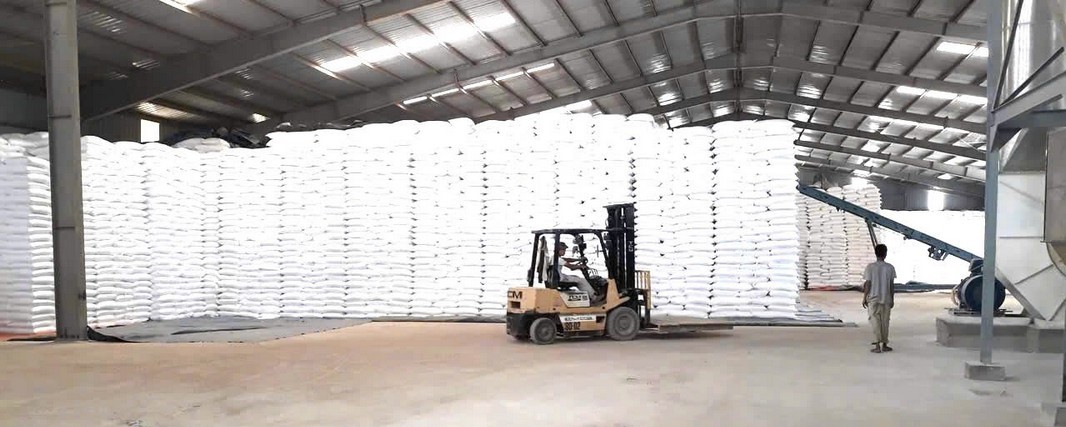
With more than 50,000 hectares in Laos and 15,000 hectares in Son La, Thanh Hung Group ensures abundant raw materials for factories. Total cassava starch output in the 2023-2024 crop year will reach 125,192 tons and 18,192 tons of pulp. Thanks to the capacity upgrade, the factory in Laos can produce from 150 tons to 400 tons per day and night. It is forecasted that in the 2024-2025 crop year, total output will reach 270,250 tons of starch and 48,500 tons of pulp, meeting domestic and international demand.
Modern Production Technology
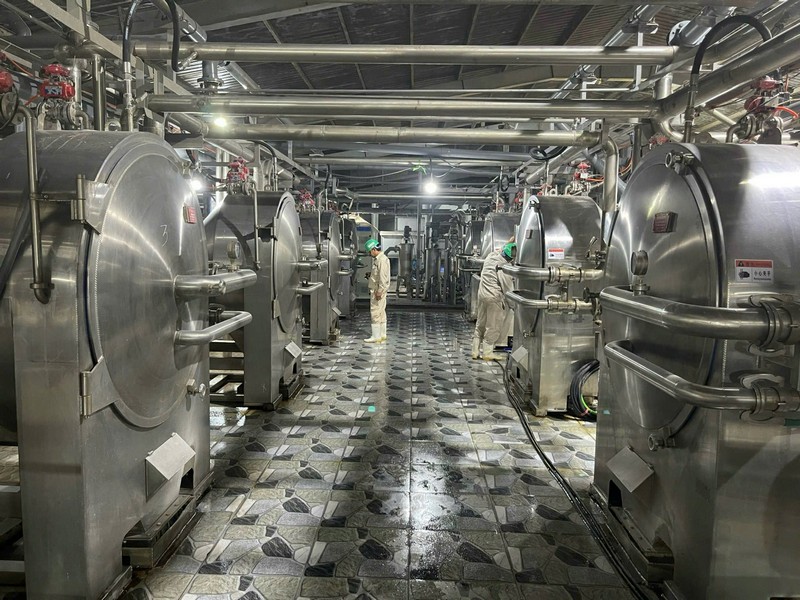
Thanh Hung Group has invested in European standard production lines with high automation, improving efficiency and minimizing environmental impact. From raw material supply to production process, everything is automated to save labor and costs. The factories are equipped with modern Alfalaval latex separation centrifuge systems from Sweden, ensuring high starch quality and good recovery rate.
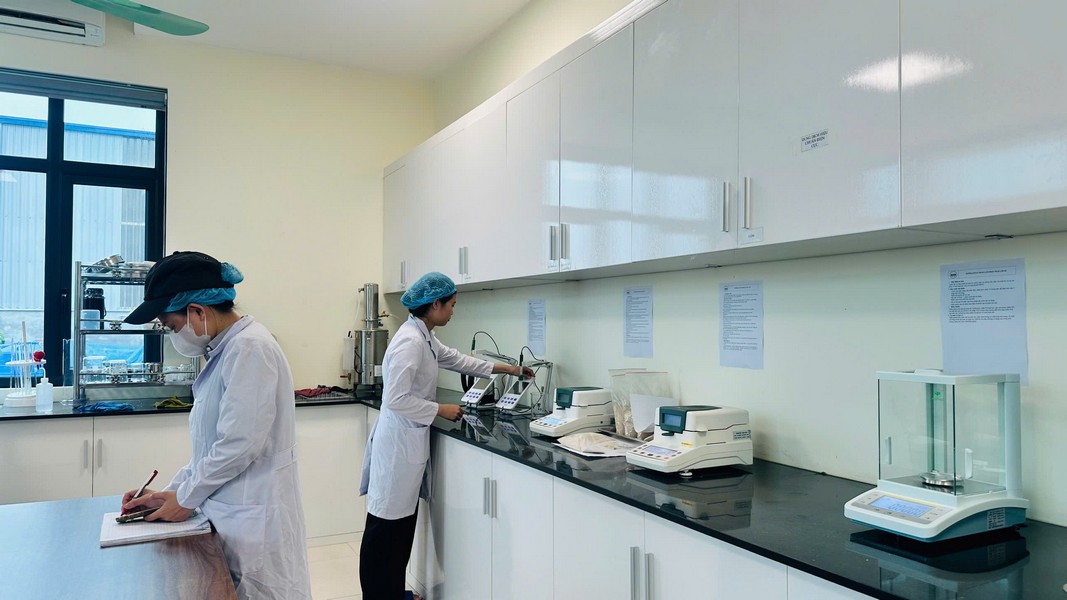
In addition to starch production, the group also invests in deep processing, diversifying products such as Gluco sugar and modified starch, meeting the increasing demand of the market.


 Tiếng Việt
Tiếng Việt 中文 (中国)
中文 (中国) 日本語
日本語